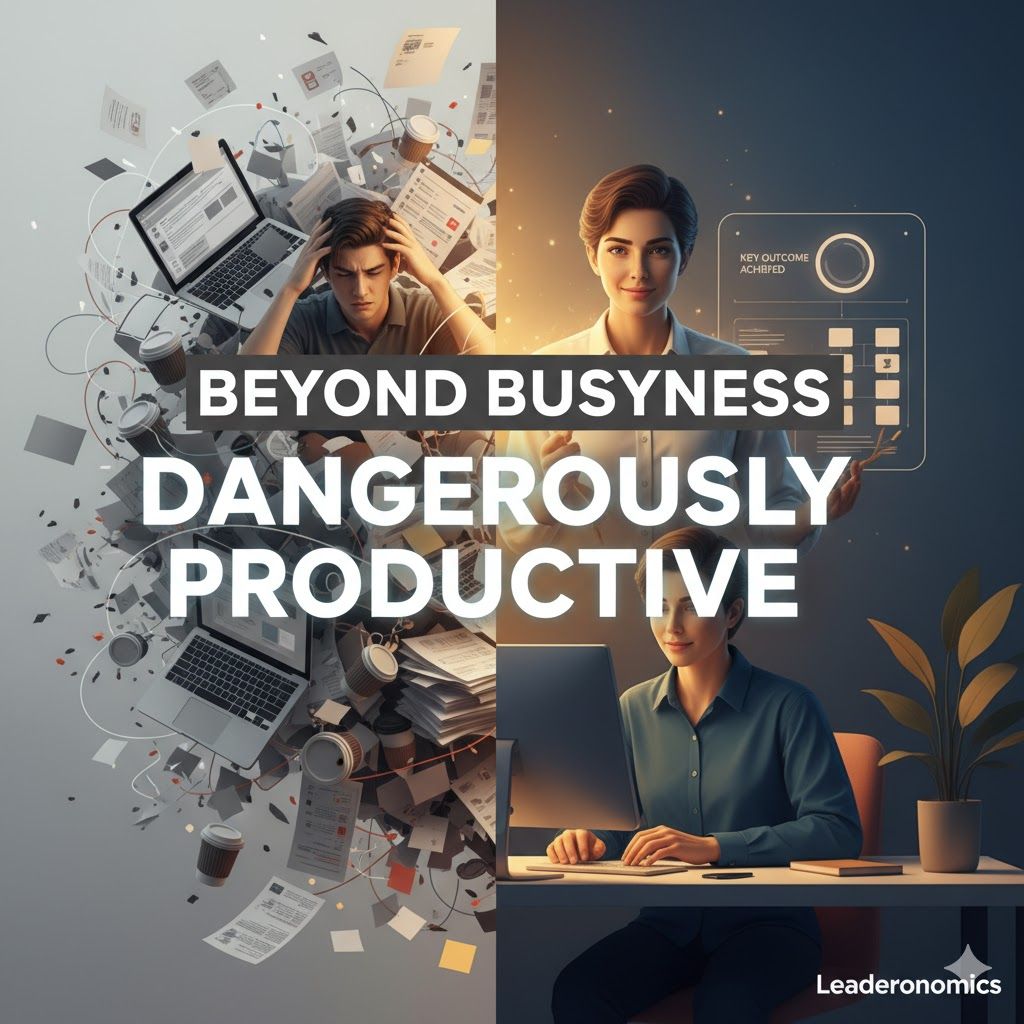Graceful Gravitas: Finding the Sweet Spot of Poise and Power

Image is from freepik.com by @freepik
In today’s competitive world, young women often face the challenge of balancing poise and power in their professional presentations. It’s a tricky balance. There are perceived penalties for being too strong, with often ignored penalties for being too soft. The latter is often not recognised until a career path plays out with less luster than it was capable of. The world will tell women these dynamics aren’t so, yet when their careers stall, this never-articulated concept of “gravitas” is often part of the reason. I love the experience of empowering promising women to ride the line between the extremes and finding the “right place on the dial” for their power.
If you would like to harness your inner strength, present with confidence, and improve how you speak, even if you are not in this particular demographic—or if you’d like to coach those you direct and mentor—you may find the insights and techniques below helpful.
Find an Authority Role Model
Even for those who have never taken an acting class, stepping into another’s shoes is a fast-track way to activate areas of yourself. Pick an inspirational figure who exemplifies the type of commanding presence you aspire to achieve. Drawing inspiration from figures like Michelle Obama, Malala, or Olivia Pope helps you visualise the blend of femininity and authority and makes it real in your mind.
Distinguish Between Elegance and Power
Many women possess a natural, elegant quality that is an asset in both professional and personal settings. However, elegance and power are distinct. Elegance can connote a passive, even frozen approach. Power is active. Within each individual lies a power source transcending mere grace—it’s about largeness and boldness. How can you feel and get to know this power? Choose something you are very, very good at and teach it to someone else. That gear you slip into when the expertise flows. That’s your power source.
Identify “Body Noise” and Channel Your Energy
Many people exhibit “body noise” when speaking—unintentional movements like pacing, playing with hair, or fidgeting with objects. This often happens due to built-up tension. To stop this runoff energy, the best grounding technique is to use your feet. Press your toes hard into the floor and watch how all the extra energy shoots downward. If you are seated or on Zoom, you can wiggle your toes or roll your ankles. The feet are the off-valve and will serve you as soon as you remember them. Reducing body noise will save your audience from distraction and you from an authority-zapping habit.
Enhance Storytelling with Human Details
Including specific human details in storytelling makes scenarios more relatable. For example, when describing a family member or a pivotal moment, vivid details about their appearance, mannerisms, or personal background help paint a clearer picture. This level of detail not only captivates listeners but also enhances the storyteller’s credibility and authenticity.
Go from Circles to Lines
Young female presenters often have what I call “swirly” energy—characterised by circular hand movements, nervous laughter punctuating the speaking exercises they practice with me, and lilting vocal patterns. Instead, imagine projecting a laser beam of power from within. Shoot your point forward straight and true. Make your beam whatever kind makes you feel big inside. Wide, thin, red, or rainbow; visualisations like this channel your strength and invite your voice to follow along.
Expand Your Comfort Zones
Explore the extremes of your presentation styles—from overly timid (Bambi) to overly strident (bitchy). This helps identify your comfort zone and how much more authoritative you can project before crossing into ineffective (too soft or too intense). The key takeaway is that what feels overly assertive internally often comes across as just the right amount of strength to the audience.
Present with Preparation, Purpose, and Skillful Interactivity
When you do need to present, here are a few concepts that will help you get ready as well as ride the unexpected:
The Prep
Thorough preparation is essential for projecting authority. This involves:
- Taking a Bath in the Content: Immersing yourself with relevant information about the topic and audience.
- Empathy Mapping: Stepping into the audience’s shoes to understand their concerns and interests and directing your content there.
- Script Practice: Writing out, recording, and listening to your script to internalize key points and enhance delivery.
The Middle
Make sure these three simple ideas are always part of your presentations:
- Strategic Movement: Moving intentionally within a designated space rather than wandering aimlessly helps maintain focus and authority.
- Stories with Detail: Including concise, vivid story elements in presentations helps humanize content and maintain audience interest.
- Take a Stand: Remove weak language such as “I think” or “I believe” when the truth is that you really know your content and perspective.
The Questions
Here are strategies for handling difficult questions or interruptions with poise:
- Ask for Expansion: If you need time to think, ask the questioner to elaborate on their point. This not only buys you time but also shows engagement and interest in their perspective.
- Embrace Silence: Allowing yourself a moment of silence to formulate a response can project confidence and thoughtfulness.
- Bridge Back: If unsure, bridge the question to a topic you are well-prepared to discuss. This keeps the conversation within your comfort zone and demonstrates control.
Read More: Why A Successful Presentation Is All In Your Mind
Final Thoughts and Ongoing Improvement
Power with poise is a mantra all women can embrace. When we do, it centers our energy, commands attention and authority, and models for others how we can show up with “graceful gravitas.”
Practice by yourself. Practice with a “story buddy” to build your storytelling muscles. Practice with peers or even your boss to stretch your comfort zones as you grow as a speaker and presenter. Keep stretching to the glorious you that’s hiding in there but whose voice you hear whisper from time to time.
This article was also published on Juliet Funt's LinkedIn
Edited by: Kiran Tuljaram
Personal
Tags: Self Leadership, Self-Control, Self-regulation, Communication, Women & Leadership, Competence





